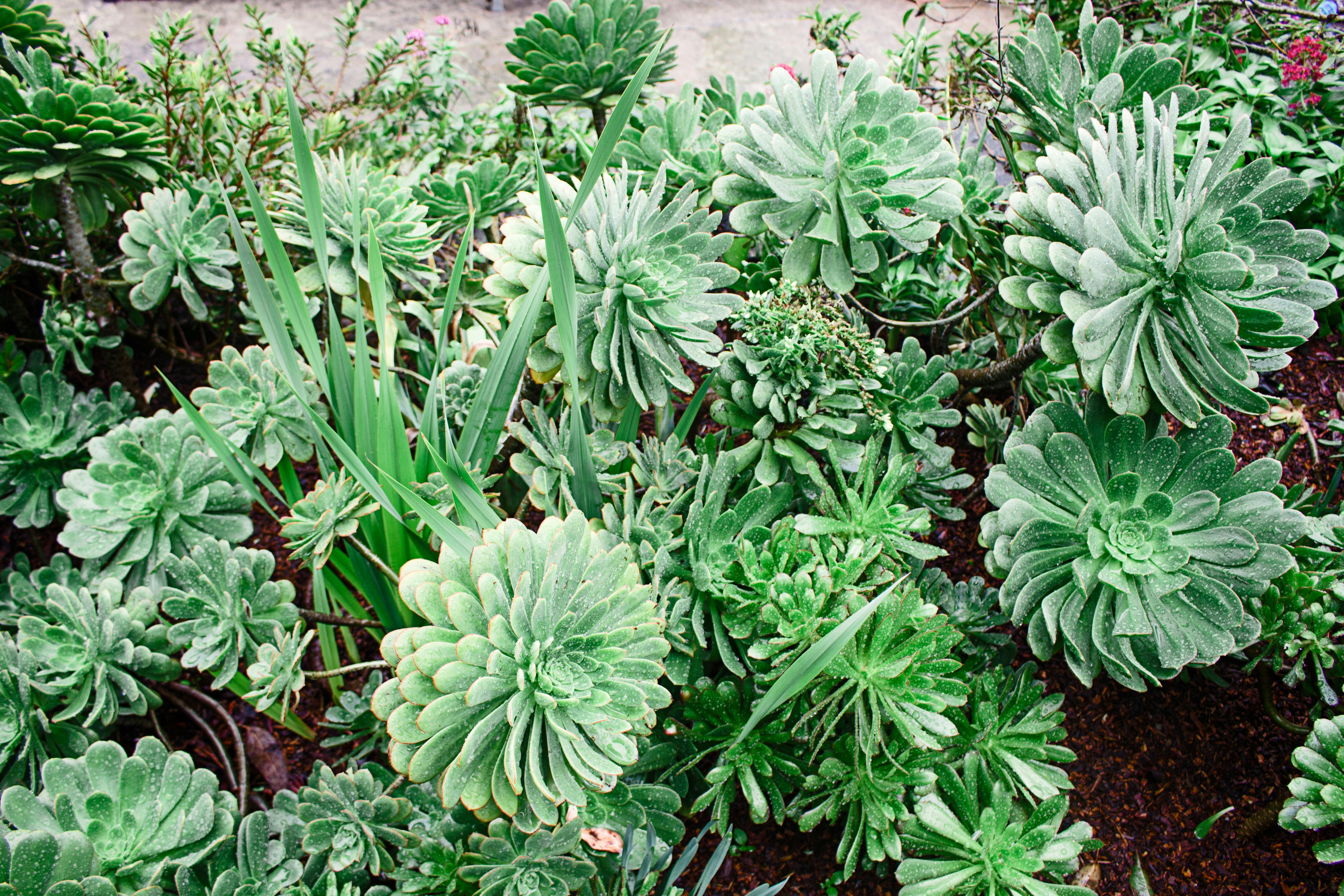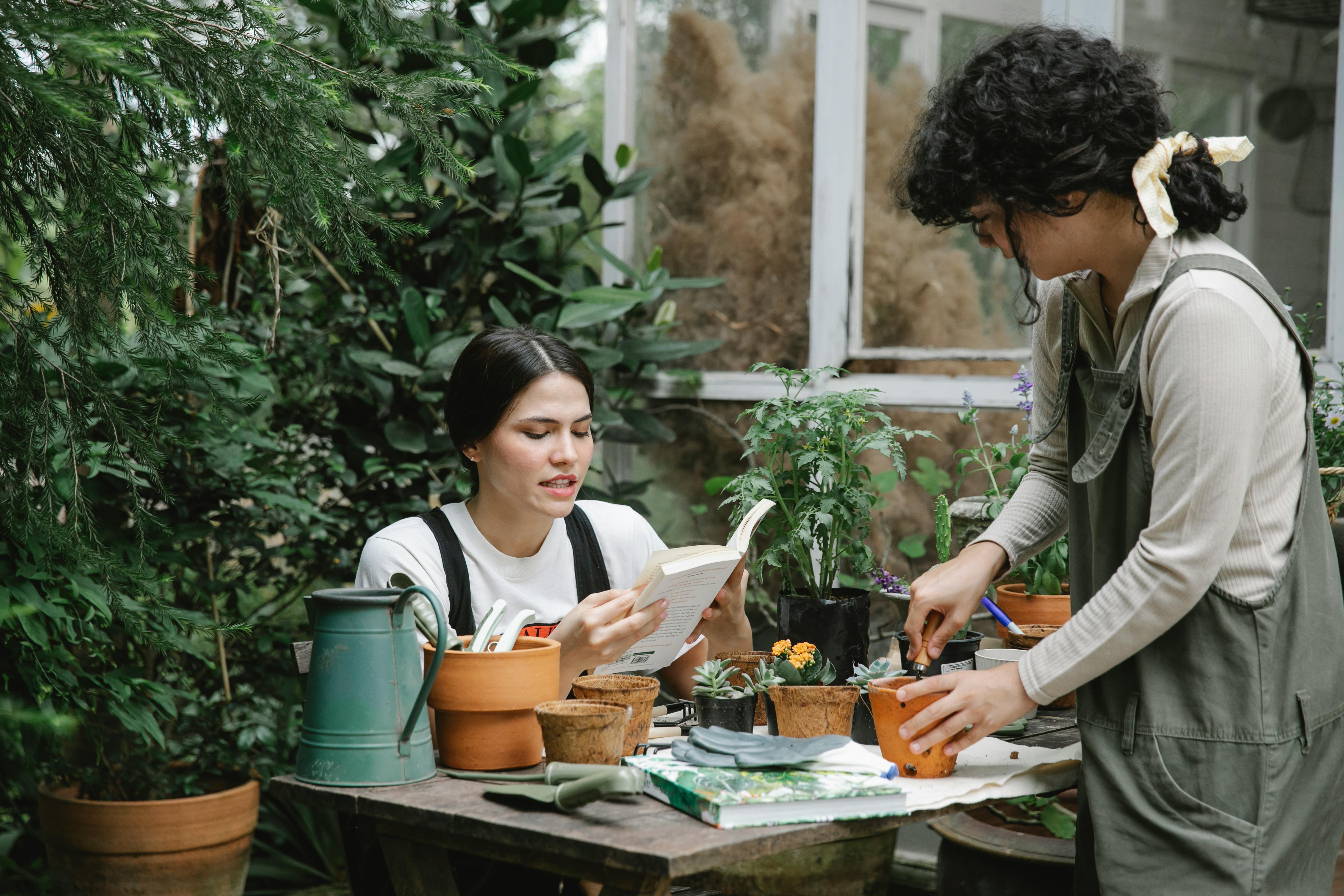Building a rain garden in clay soil can be an effective way to help conserve water and reduce runoff from your property. Rain gardens are designed to capture and filter stormwater runoff, helping to reduce pollutants and improve the quality of surrounding waterways. Clay soil is particularly well-suited for rain gardens because it helps the garden hold onto water for longer periods of time than other soil types. This guide will provide you with the necessary information you need to plan and build a successful rain garden in clay soil.A rain garden is a landscaped area that is specifically designed to collect and absorb rainwater runoff. It is usually planted with native shrubs, perennials, and grasses that are tolerant of wet soil conditions. Rain gardens provide many benefits including reducing stormwater runoff, filtering pollutants, providing wildlife habitat, reducing flooding and erosion, and improving water quality.
Benefits of Installing a Rain Garden
Rain gardens are an effective way to conserve and manage stormwater runoff, as well as improve the quality of water. They help to reduce flooding and erosion, filter pollutants from runoff, and attract beneficial wildlife. Installing a rain garden can bring many benefits for both the environment and your home.
Rain gardens can be used to reduce flooding during heavy rains by temporarily storing excess runoff in a shallow, vegetated basin. This helps to slow down the flow of water, preventing it from overwhelming nearby streams or
Understanding Clay Soil
Clay soil is a type of soil that is composed of very small particles. It is dense and heavy, making it difficult to work with. Clay soil has some unique characteristics, such as its ability to hold nutrients and water well, but it can also be difficult to manage in the garden. Understanding the nature of clay soil can help you manage it more effectively and create a better environment for your plants.
Clay soil is made up of extremely small particles that form together tightly, giving it its dense texture.
Preparing the Site for Your Rain Garden
Creating a rain garden is an excellent way to conserve water and reduce runoff. Before you get started, it’s important to properly prepare the site for your rain garden. This includes selecting an appropriate location, examining soil quality, and taking into account the surrounding environment.
The first step in preparing the site for your rain garden is to select an appropriate location. Choose a spot that is slightly sloped and receives a good amount of sunshine. This will help ensure that the plants in your rain garden receive
https://images.pexels.com/photos/1050590/pexels-photo-1050590.jpeg
Planning the Layout of Your Rain Garden
Creating your own rain garden is an excellent way to reduce runoff and help prevent erosion. When planning the layout of your rain garden, there are several factors to consider such as the size and shape of your garden, the type of soil you have, and the type of plants you plan to use.
First, decide on the size and shape of your rain garden. Generally, a rain garden should be at least 10 feet wide and 8 inches deep. However, you can adjust the size based on your specific needs.

Choosing Appropriate Plants for Your Rain Garden
When selecting plants for your rain garden, it is important to consider the local climate and soil conditions. Plants native to your region are best adapted to survive in your area’s weather patterns and soil types. Native plants also provide habitat for local wildlife, helping support the local ecosystem. Additionally, native plants are generally easier to maintain than non-native species, as they do not require extra care or fertilization.
It is also important to consider the size of the rain garden when choosing plants. Be sure to
Planting in Clay Soil
Clay soil can present challenges for gardeners looking to grow plants, but with the right preparation and care, even clay soil can be made suitable for planting. Clay soil is characterized by its high concentration of minerals, which makes it difficult for water and air to penetrate the surface. This lack of air can prevent plants from getting the oxygen they need to grow. To make clay soil suitable for planting, it must be broken down and amended with organic matter.
Adding organic matter such as compost or peat moss will help improve
Adding Soil Amendments to Clay Soil
Clay soil can be difficult to work with due to its high clay content. Clay soil can be hard and compact, making it difficult for plants to grow. However, adding organic soil amendments can help break up the clay and make it more hospitable for plants. Adding compost, manure, or other organic matter helps improve drainage and aeration of the soil, which leads to healthier plant growth. Compost also adds essential nutrients and beneficial microorganisms that help promote healthy root development.
Manure

Conclusion
Building a rain garden in clay soil requires careful planning and preparation. It is important to determine the location, size, and shape of the rain garden before starting construction. Additionally, soil amendments should be added to improve drainage and allow plants to thrive. Finally, it is important to select native plants that are adapted to the local climate and can handle prolonged periods of wetness. By following these steps, your rain garden will help conserve water, reduce runoff, and provide a beautiful outdoor space for you to enjoy.
With careful planning and proper installation,
